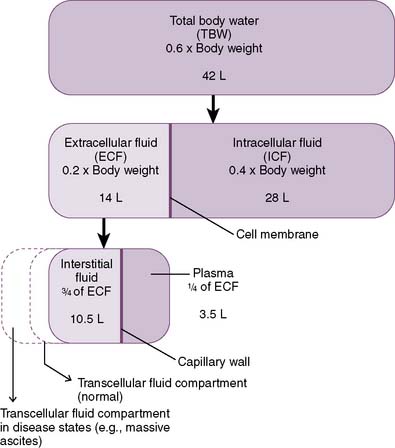
Biopsychologist Israel Ramirez of the Monell Chemical Senses Center in Philadelphia says this is because humans have a higher percentage of body fat than animals, with fat containing less water than muscles and organs. The water percentage in animal bodies tends to be higher than the human body, though with some notable exceptions. How Is The Water Percentage In Animal Bodies Different From The Human Body? Total body water percentage will continue to decrease until puberty when adult values will finally be reached. However, as extracellular fluid volume decreases and body fat increases during the first year of life, total body water percentage will decrease to 65% at 6 months and 60% at 1 year. In infants and children, the total body water percentage is higher due to there being more water in the extracellular compartment.Īccording to the Nelson Textbook of Pediatrics, at birth, an infant’s total body water is approximately 75% of their weight. The water percentage in a child’s body ranges from 60% to 75% in the first year of life and falls slowly to adult levels by puberty. What Is The Water Percentage In A Child's Body? The higher percentage of total body water in males versus women is explained by their higher percentage of muscle mass, which has higher water content than fat cells. The 59% average is equal to approximately 42 liters or 11 gallons for a 70kg/154lb male. The water percentage in the male body has a wider range than women at 43% to 73%, with a higher average of 59% according to the 2005 US National Academy of Sciences study. What Is The Water Percentage In The Male Body? This is relevant because adipocytes (fat cells) hold much less water than myocytes (muscle cells). The lower percentage of total body water in females versus men is accounted for by their greater percentage of body fat and a lower percentage of muscle mass. The 50% average is equal to approximately 31 liters or 8 gallons for a 70kg/154lb female. The water percentage in the female body ranges from 41% to 61% and averages 50% by weight according to a 2005 study by the US National Academy of Sciences entitled Dietary Reference Intakes for Water, Potassium, Sodium, Chloride, and Sulfate. What Is The Water Percentage In The Female Body? The percentage of water in these organs is outlined in this graphic. The brain and kidneys are the organs with the highest percentage of water according to the Canadian BCcampus Human Anatomy and Physiology textbook. Which Organs In The Human Body Have A Higher Percentage Of Water?

What Is The Optimum Percentage Of Water In The Body?.Does Drinking Water Help For Weight Loss?.How Is The Water Percentage In Animal Bodies Different From The Human Body?.What Is The Water Percentage In A Child's Body?.What Is The Water Percentage In The Male Body?.What Is The Water Percentage In The Female Body?.Which Organs In The Human Body Have A Lower Percentage Of Water?.


The typical percentage of the human body that is water is 60% in adult men according to Dr. This is because fat has a lower percentage of water than muscle. Variations in diet found in different countries make it more likely for countries with higher obesity rates to see lower average total body water. Knowing about these compartments is important because age, sex, nutritional status, and body composition-dependent shifts in the fluid content of the intracellular and extracellular fluid compartments are what produce variability in the percentage of total body water throughout one’s life. Combined, these contain one-third of the total water in the body. The extracellular fluid compartment refers to both the space between cells (referred to as “interstitial” fluid) and to blood plasma. Two-thirds of the body’s total water is found here. The intracellular fluid compartment refers to the total space inside cells. According to Boron’s Textbook of Medical Physiology, water in the human body is found in what are referred to as intracellular and extracellular fluid compartments. Total body water (TBW) is made up of the percentages of water present in the body’s various fluid compartments. The percentage (total amount of water content) in the body by mass can range from 78% in infants to as little as 45% in the elderly.


 0 kommentar(er)
0 kommentar(er)
